Birch Cant Lumber
- September 22, 2023
- 0 comment
At the heart of birch cant lumber lies the birch tree, a natural wonder that boasts rapid growth and adaptability to diverse climates. Birch trees are renowned for their hardiness, making them an ideal candidate for sustainable forestry practices. Unlike some slow-growing hardwoods, birch trees replenish themselves relatively quickly, minimizing the environmental impact of wood harvesting. This aspect alone underscores birch cant lumber’s eco-friendly profile, aligning perfectly with the global push for responsible and sustainable sourcing of wood products.
One of the defining features of birch cant lumber is its extraordinary versatility, making it indispensable in the construction industry. Builders and architects favor this wood for its exceptional strength-to-weight ratio, rendering it an excellent choice for load-bearing applications. Whether used in the framing of buildings or the crafting of structural elements, birch cant lumber’s resilience to warping and splitting, coupled with its dimensional stability, ensures that structures remain robust and intact over time. Its aesthetic appeal is another drawcard, often finding its way into interior finishes and decorative trim work, where its pale, fine-grained appearance adds an elegant touch to spaces.

Birch is a strong and durable wood that is resistant to rot and decay. It also has a beautiful grain pattern that is prized by woodworkers. Birch cant lumber is a good choice for projects that will be used frequently and that need to be able to withstand a lot of wear and tear.

| Specifications | Description |
| Wood Species | Birch (Primarily yellow birch and white birch) |
| Appearance | Pale to creamy-white with fine grain |
| Density and Hardness | 40 to 50 lbs/cubic ft (640 to 800 kg/m³), moderately hard |
| Grain Pattern | Straight and even, fine grain |
| Workability | Easily machined, sawn, planed, routed, and turned |
| Finishing | Accepts stains, paints, and clear coatings |
| Strength | Strong and stiff, suitable for load-bearing applications |
| Durability | Naturally resistant to decay and fungal attacks |
| Moisture Content | Typically kiln-dried to 6-8% for stability |
| Texture | Fine and even, with a smooth surface |
A Timber of Elegance and Versatility
When it comes to woodworking, few woods possess the timeless appeal and versatility of Birch Cant Lumber. Whether you’re crafting fine furniture, working on intricate joinery, or embarking on a construction project, understanding the unique characteristics of Birch Cant Lumber can elevate your craftsmanship. In this article, we delve into the various facets of this remarkable wood.
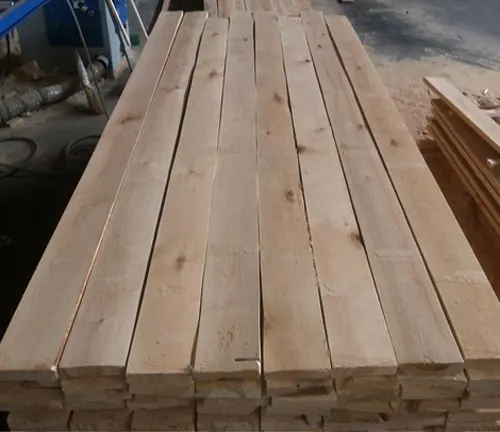
Color/Appearance
Birch Cant Lumber is celebrated for its pale, almost creamy-white color. Occasionally, you’ll find hints of reddish-brown or light brown heartwood streaks, adding a touch of character to the wood. This light hue lends itself beautifully to both contemporary and traditional designs, making Birch Cant Lumber a favorite among craftsmen.
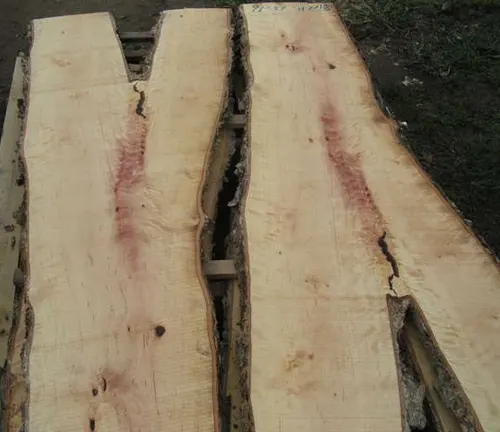
Grain/Texture
The grain of Birch Cant Lumber is typically straight and even, with a fine and uniform texture. This feature makes it a preferred choice for projects requiring precise detailing and a polished finish. The wood’s consistency enhances the overall aesthetic of finished products.
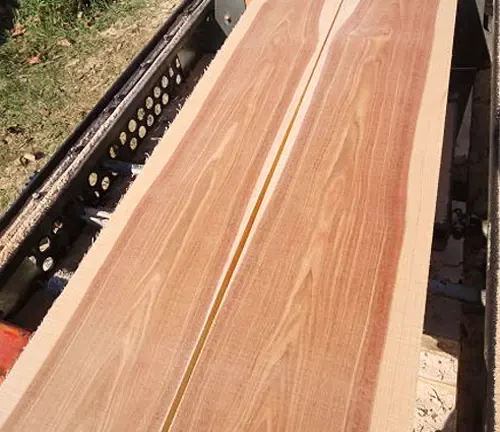
Rot Resistance
Birch Cant Lumber demonstrates a natural resistance to decay and rot, thanks in part to the heartwood found in older growth trees. While it may not be the first choice for outdoor applications due to its lighter color and lower resistance than some other woods, it can still serve well when properly treated and maintained.
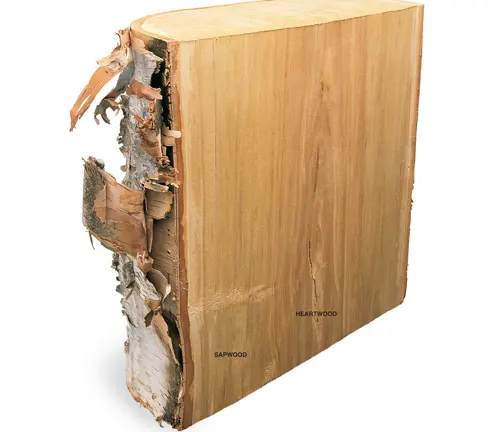
Workability
One of Birch Cant Lumber’s standout qualities is its exceptional workability. It responds positively to various machining processes, including planing, shaping, routing, and turning. Woodworkers appreciate its ease of use with hand and power tools, making it a wood of choice for precision work.
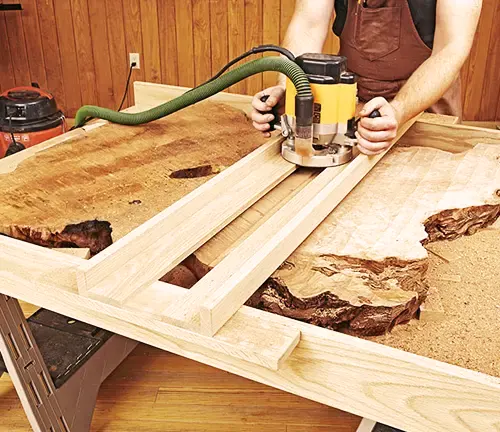
Allergies/Toxicity
Birch Cant Lumber is generally considered non-allergenic, with allergic reactions being rare. However, prudent woodworking practices, such as wearing dust masks and ensuring proper ventilation, are advisable to minimize any potential risks associated with wood dust.
Pricing/Availability
Birch Cant Lumber is widely available in the market, making it an accessible and relatively affordable choice. Pricing may vary depending on factors such as grade, thickness, and local availability, but it generally offers good value for its qualities.
Sustainability
Birch Cant Lumber’s sustainability is rooted in the rapid growth of birch trees and their adaptability to various climates. Responsible forestry practices, including replanting and selective harvesting, contribute to its eco-friendly profile. By choosing Birch Cant Lumber, you’re supporting a wood product with a smaller environmental footprint.
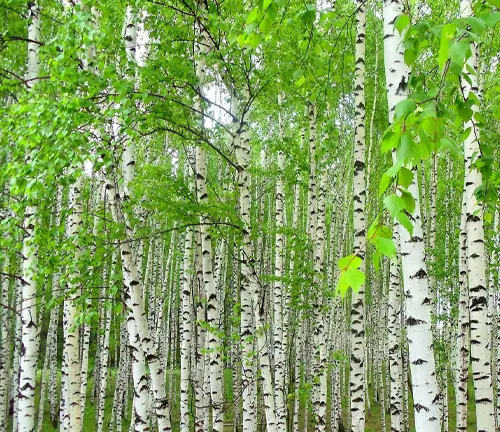
Common Uses
Birch Cant Lumber finds its way into an array of applications. Its strength and durability make it ideal for furniture making, cabinetry, flooring and millwork. Its attractive appearance and workability also make it a popular choice for veneer production. Whether it’s crafting elegant tables, sturdy cabinets, or intricate carvings, Birch Cant Lumber’s versatility knows no bounds.

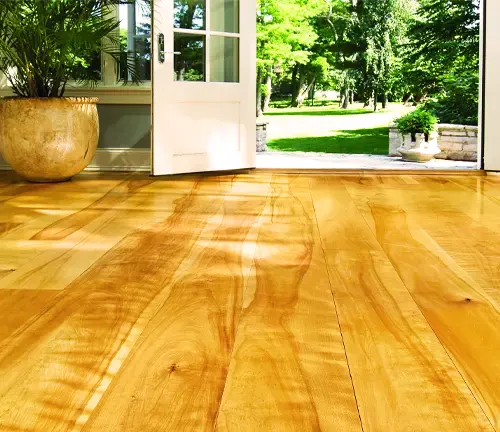
Frequently Asked Questions (FAQs)
- What gives Birch Cant Lumber its pale color, and can it be stained to achieve a darker finish?
Birch Cant Lumber’s distinctive pale color is a natural characteristic of the wood. It is possible to stain birch to achieve a darker finish, but it’s important to note that the even grain may result in uneven stain absorption. Proper surface preparation and the use of wood conditioners are recommended to achieve a uniform stain appearance. - Is Birch Cant Lumber a suitable choice for outdoor projects like decking or outdoor furniture?
While birch is naturally resistant to decay, it is not typically recommended for outdoor use without proper treatment. Other wood species with higher natural resistance, like cedar or redwood, are often preferred for outdoor applications. However, if treated and maintained correctly, birch can still serve in some outdoor projects. - What are the unique challenges or considerations when working with Birch Cant Lumber in fine woodworking or intricate joinery?
Birch Cant Lumber’s fine grain and uniform texture make it an excellent choice for fine woodworking. However, its density can sometimes make it more challenging to achieve intricate joinery without the proper tools and techniques. Woodworkers may need to take extra care when working with birch to avoid tear-out or splintering. - Are there any cultural or historical significance associated with Birch Cant Lumber in woodworking traditions?
Birch has historical significance in various woodworking traditions, especially in Scandinavian and Native American cultures. It has been used for centuries to craft everything from canoes to furniture. Its strength, availability, and versatility made it a valuable resource for these societies. - Can Birch Cant Lumber be used as a sustainable alternative to more exotic hardwoods?
Yes, birch is often considered a sustainable choice due to the rapid growth of birch trees and their ability to thrive in different climates. It can be a suitable alternative to more exotic hardwoods that may be less readily available and have a higher environmental impact. However, responsible sourcing and sustainable forestry practices are essential to ensure its eco-friendliness.





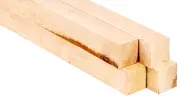
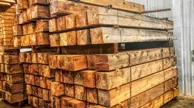
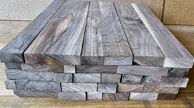






Leave your comment